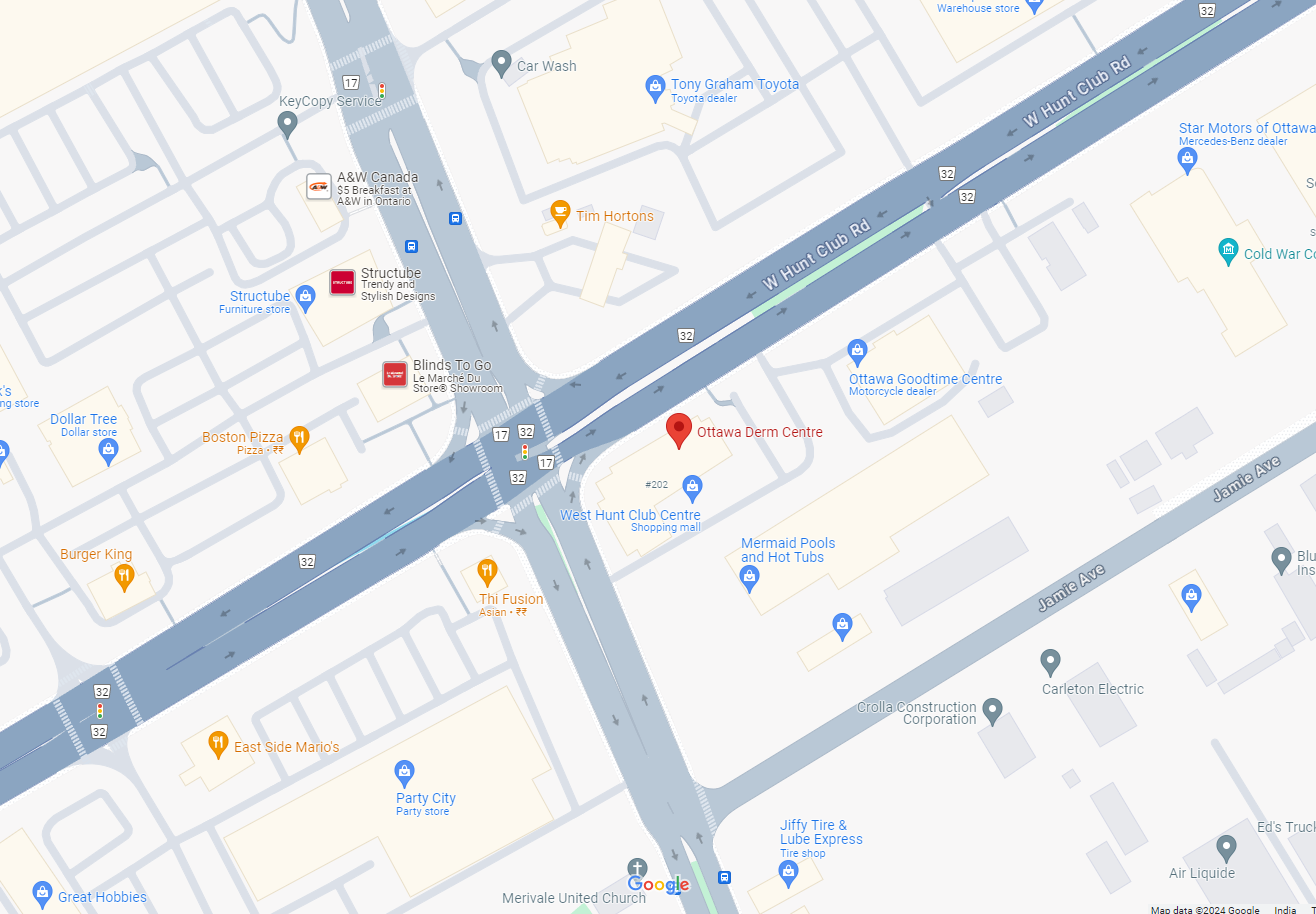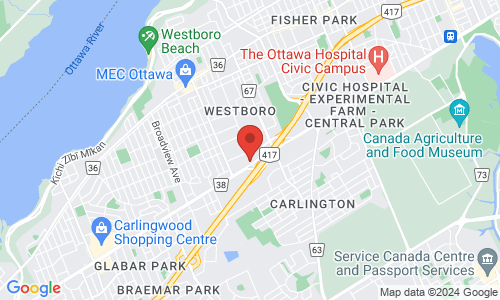Can Rhinoplasty Fix My Crooked Nose?
 Whether
caused by an injury or
congenital in nature, a crooked nose can make the face look unbalanced, causing self-consciousness or
insecurity. Rhinoplasty can correct the alignment of
a crooked nose, adding balance to the face and enhancing the overall appearance. If you are unhappy with
the alignment of your nose, rhinoplasty for a crooked nose may be right for you. Contact Ottawa, ON plastic
surgeon Peter Brownrigg to find out if you're a candidate for rhinoplasty. In the meantime, learn more about how
rhinoplasty can improve the appearance of a crooked nose as we take a closer look at this procedure.
Whether
caused by an injury or
congenital in nature, a crooked nose can make the face look unbalanced, causing self-consciousness or
insecurity. Rhinoplasty can correct the alignment of
a crooked nose, adding balance to the face and enhancing the overall appearance. If you are unhappy with
the alignment of your nose, rhinoplasty for a crooked nose may be right for you. Contact Ottawa, ON plastic
surgeon Peter Brownrigg to find out if you're a candidate for rhinoplasty. In the meantime, learn more about how
rhinoplasty can improve the appearance of a crooked nose as we take a closer look at this procedure.
What Causes the Nose to Become Crooked?
Correcting a crooked nose, sometimes called a deviated or twisted nose, is one of the more challenging issues to correct with rhinoplasty due to its varying causes. A crooked nose may be caused by nasal bones that have shifted as a result of trauma, such as a sports-related injury, being hit in the face, or falling. In other cases, the underlying framework of the nose may be crooked due to genetics. A twisted or crooked appearance of the nose may also be caused by internal and external nasal valve collapse.
How Can Rhinoplasty Straighten a Crooked Nose?
Although the unique structure of a crooked nose can make it challenging to correct with rhinoplasty, it is possible. In order to straighten a crooked nose, all anatomical issues causing the nose to deviate from the midline must be corrected. This may include repositioning the nasal bones and septum to a more central position.
If the nasal bones have shifted due to an injury and were allowed to heal in a crooked position, they will need to be repositioned through controlled bone fractures. This is done by making cuts within the bone, called osteotomies, which allow the crooked nasal bones to be moved for a straightened appearance.
Small implants or grafts may also be placed to help create a straighter, more symmetrical nose. For example, a spreader graft, which is a cartilage graft, may be placed to push out collapsed internal or external nasal valves, creating a smoother, straighter appearance.
The Rhinoplasty Procedure
Rhinoplasty may be performed under general anesthesia or IV sedation using one of two techniques. These techniques are closed rhinoplasty and open rhinoplasty. During closed rhinoplasty, all incisions are made inside the nose to prevent external scarring. Closed rhinoplasty is typically best suited to those who require minimal correction of their nose.
Open rhinoplasty is more commonly used when correcting crooked noses caused by trauma because it provides more access to the underlying bones and cartilage. Open rhinoplasty is performed by creating an incision along the area of cartilage between the nostrils, called the columella. The skin is then lifted from the tip of the nose so the underlying structures may be finely shaped.
Recovery after Rhinoplasty
After rhinoplasty, patients should expect some pain and swelling. Pain may be managed with surgeon prescribed or approved pain medication and swelling may be helped with cold compresses. Pain and swelling should subside as the patient recovers.
A full recovery after rhinoplasty takes several weeks. Patients should plan for at least two weeks of recovery before returning to work and avoid strenuous activity until approved by their surgeon.
The final results of rhinoplasty may take a full year to develop. However, many patients will see visible changes within the first few weeks of recovery once swelling and bruising subsides.
Find out if Rhinoplasty Is Right for You
If you are unhappy with the appearance of your nose, rhinoplasty may be right for you. To find out if you're a candidate, we invite you to schedule a consultation with Dr. Brownrigg at your earliest convenience.
Related to This

Dr. Peter Brownrigg
Dr. Brownrigg has focused on facial plastic surgery since 1984. He is affiliated with a range of prestigious organizations, including:
- American Academy of Facial Plastic Surgery
- Canadian Academy of Facial Plastic Surgery
- Royal College of Physicians and Surgeons of Canada
- Board Certified by the American Board of Facial Plastic Surgery
- Has acted as the Canadian Region Vice President of the American Academy of Facial Plastic Surgery
- Has acted as the treasurer and president of the Canadian Society of Otolaryngology/Head & Neck Surgery
- American Academy of Otolaryngology-Head and Neck Surgery
- Canadian Society of Otolaryngology-Head and Neck Surgery
- Ontario Medical Association
For more information about the services we offer, contact our office online or call (613) 724-1214 today.
Contact Us Today
Dr. Brownrigg has been focusing exclusively on facial plastic surgery since 1984!


